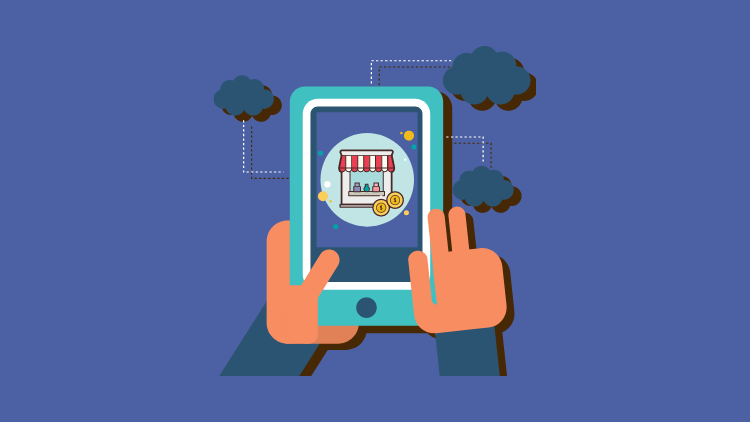Podcasts
How Intuit builds embedded finance around customer benefits
- Intuit's small business ecosystem is increasingly embedding financial solutions for customers.
- Rania Succar, who leads the money offerings for the software firm, discusses the connection between customer benefits and embedded finance.









